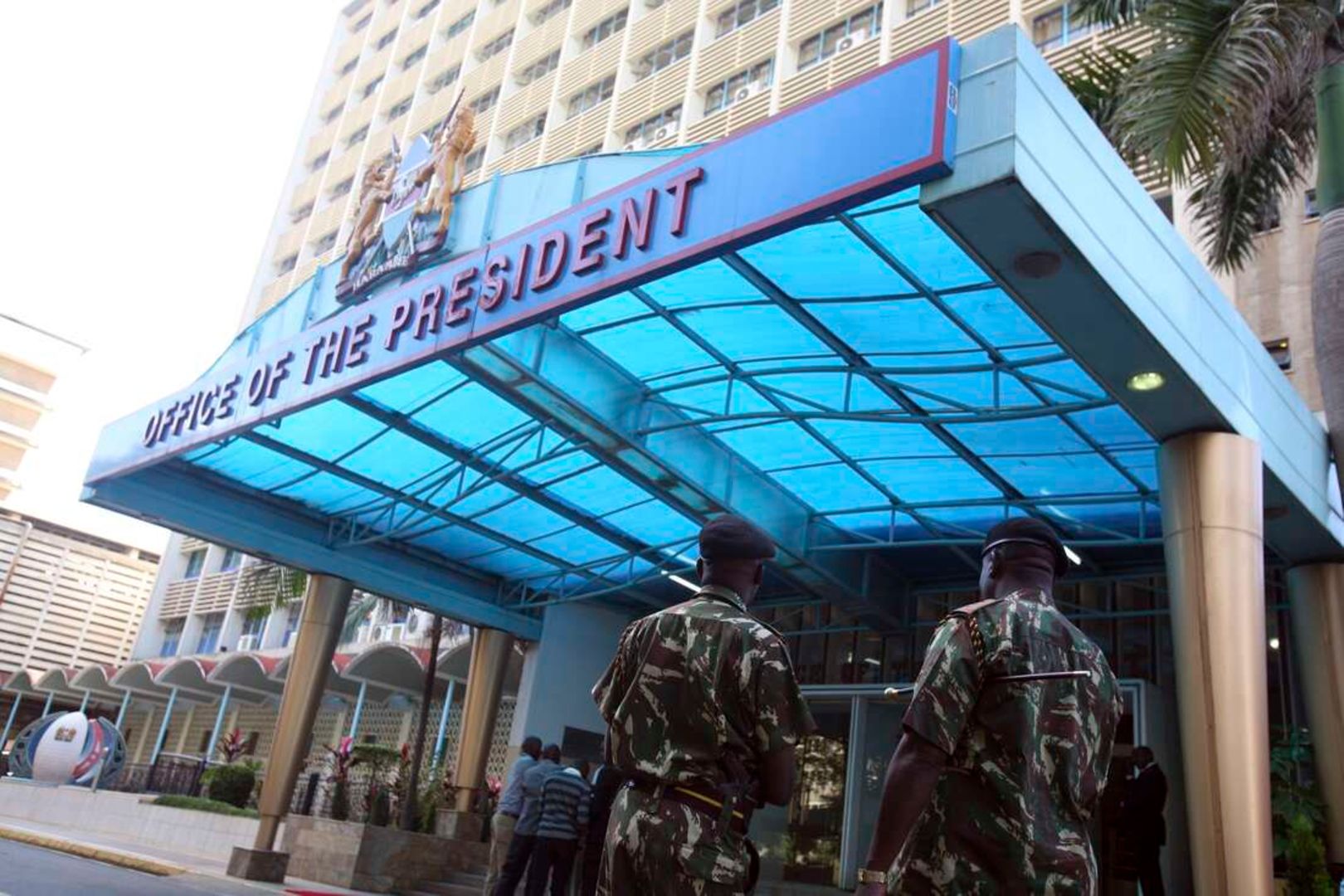The Controller of Budget has lifted the lid on staggering expenditure at President William Ruto’s Executive Office, with taxpayers footing a jaw-dropping KSh 817 million bill for printing alone in the 2024–2025 financial year.
That translates to KSh 2.2 million every single day—more than many counties allocate annually to buy essential medicines for public hospitals.
The revelations are contained in the National Government Budget Implementation Review Report, tabled this week by Controller of Budget Margaret Nyakang’o, and raise fresh questions about the government’s commitment to austerity.
Printing Like Money
According to the report, the printing costs covered a wide range of materials, from executive orders, performance contracts, and official reports to glossy invitation cards for State House guests.
Officials told auditors that premium paper, full-colour jobs, and last-minute orders significantly pushed up costs. “Even periodic government communication during times of crisis was bundled under the printing vote,” the report noted.
Critics argue that such runaway spending makes nonsense of Ruto’s public pledges to cut fat from government.
A Billion Shillings for Advisors
Printing, however, was just the tip of the iceberg. The President’s Office also splashed KSh 1 billion on 20 advisors during the year under review.
A breakdown of the advisory contracts shows:
KSh 450 million for counter-terrorism advice
KSh 251 million for oversight of public entities
KSh 150 million for strategic policy input
KSh 97 million for economic and social affairs
KSh 62 million for Kenya–South Sudan relations
KSh 46 million for the Power of Mercy advisory panel
Together, these figures amount to more than the annual budget of several ministries and constitutional commissions.
Bloated Bureaucracy
Beyond printing and advisory costs, general administration, planning, and support services consumed KSh 1.9 billion, while leadership and coordination absorbed KSh 765 million.
Meanwhile, the lavish refurbishment of State House Nairobi remains a money pit. The audit shows KSh 399 million was spent in the last year alone, even though the project is just 66 percent complete. Since inception, the revamp has already cost taxpayers over KSh 1.17 billion.
Billions Burned Amid Protests
The report comes against the backdrop of the Finance Bill 2024 protests, during which Kenyans poured into the streets demanding an end to wasteful state spending. Ironically, the billions flowing through Harambee House were being absorbed in the same months ordinary citizens were decrying rising taxes and ballooning public debt.
“Printing at KSh 2.2 million a day when hospitals lack drugs is nothing short of obscene,” one MP told this publication, calling for a forensic audit into State House operations.
Austerity or Extravagance?
President Ruto has repeatedly styled himself as a champion of fiscal discipline. But the Controller of Budget’s findings suggest that Harambee House has not tightened its belt—instead, it continues to indulge in lavish paperwork, high-priced advisors, and costly renovations, all on the public dime.
As the national debt races toward unsustainable levels, the report is likely to spark heated debate in Parliament and intensify public scrutiny of how Ruto’s government spends taxpayers’ money.
For many Kenyans, the numbers only reinforce a growing sense of betrayal: the promise of austerity has been buried under mountains of glossy paper and billion-shilling advisory contracts.

